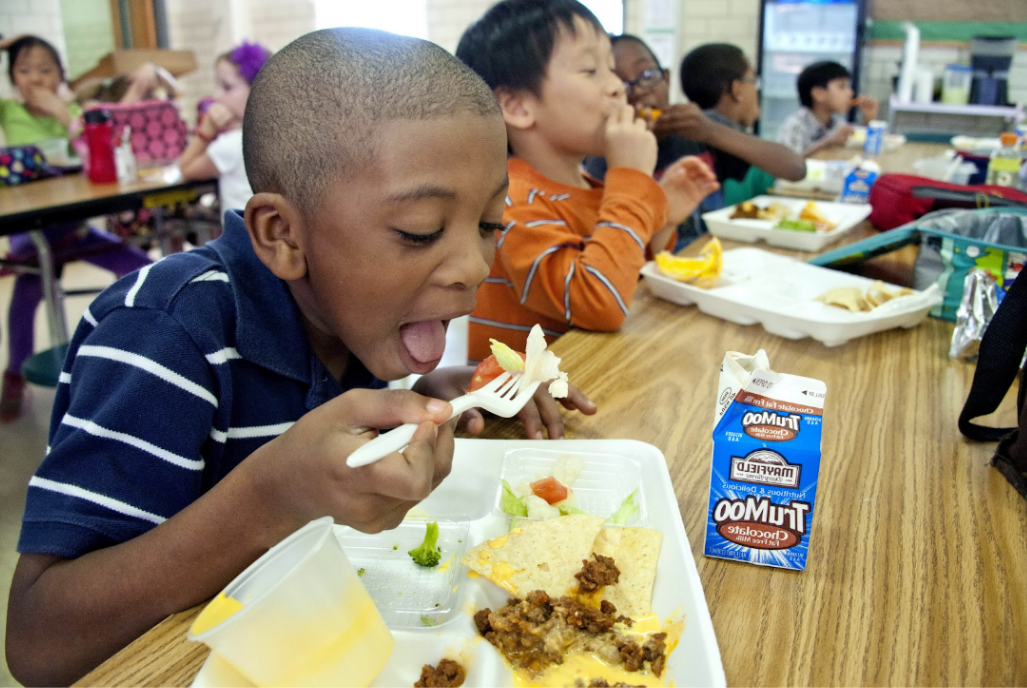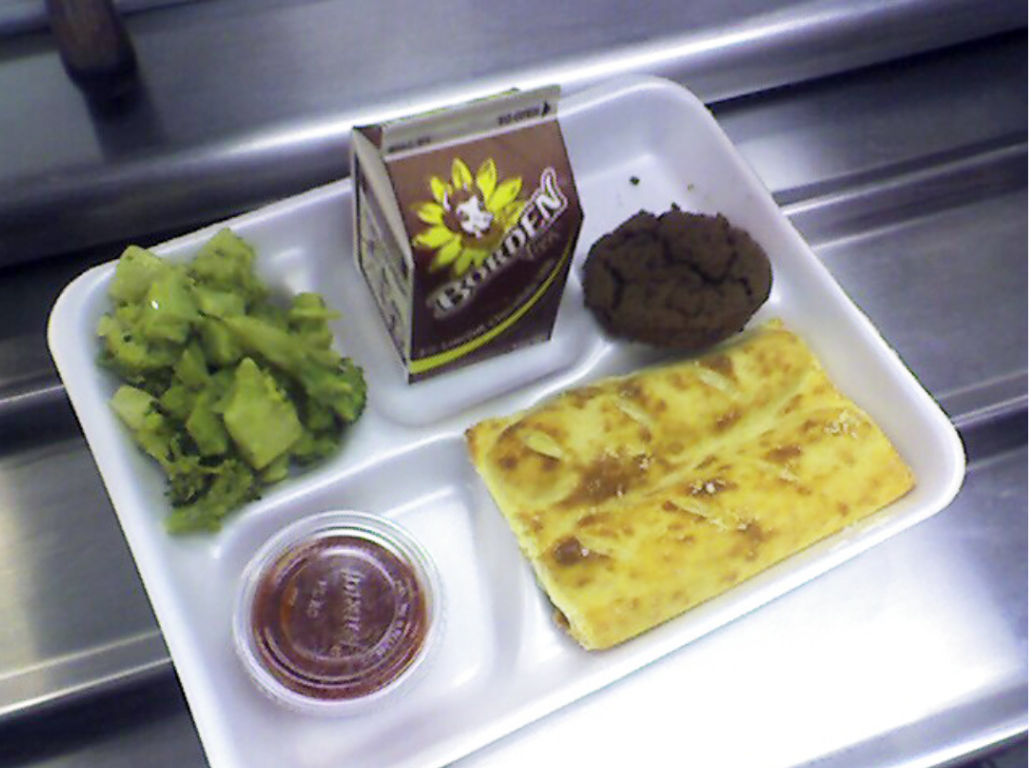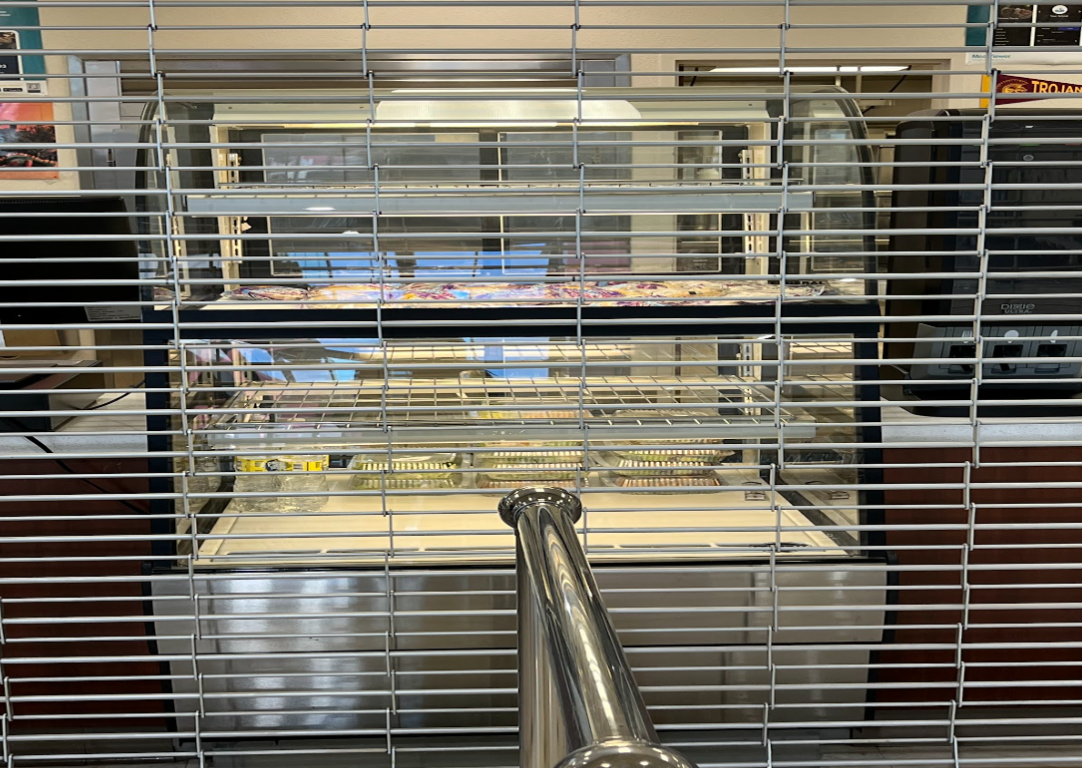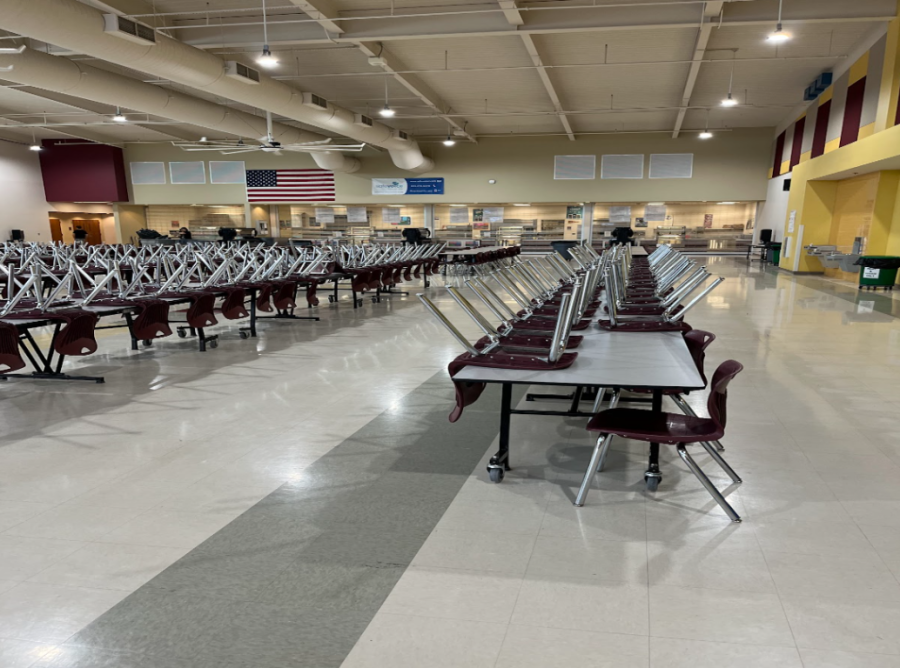School Nutrition is Not All You Think it is
Is our school’s nutrition actually taken seriously or is it all a big joke?
School nutrition is a meal plan to provide healthy and nutritious meals to its students to motivate and help them focus more on their work and to help energize them for the day. But is the school nutrition plan we have set today actually doing what it was set out to do? Looking at the policies set in place currently, the plan started according to the NYE County School District School and Wellness Policy. “The Healthy Hunger-Free Kids Act of 2010 directed the USDA to establish science-based nutrition standards for all foods and beverages sold to students in school during the school day.” This meal plan ensures that it gives our students the right balance and plenty of variety when it comes to picking out their lunch. These ideas relate back to the Local School Wellness Policy Implementation, this policy must include representatives and involve your parents in this plan. But most parents don’t know what their children are being served or know what ingredients are put into the food.
Teachers are told not to give their students a piece of candy or a treat, and if they do it should only be a once-a-month treat. The reason for this is because of the sugar count in the candy or other pre-packaged items, but when looking at some of the items that they serve at lunch such as the peanut butter and jelly sandwiches have more sugar count than just a regular piece of candy or cookie. So why do we continue to serve these to the students, telling them that this is a healthy option and a good lunch choice?
According to my source who would prefer to stay anonymous for this article, “these sandwiches have natural preserves and sugar contents from the jams and peanut butter that is used to make these sandwiches.” Budget costs do affect what the district can spend on food. Still, according to my anonymous source, “ I would love to see us cook more of the food instead of all the pre-packaged items that we have, but we have to do what we have to do with what we are given and the with the boundaries set in the program we use today? Countries to work and come up with new ideas all the time for better food options.” Recently students are required to take some sort of fruit when they get a school lunch, and if they do not finish that fruit or decide they don’t want it the school now provides compost bins for discarded fruit and other food items.
Talking to one of the PVHS students who has been eating school lunch for the majority of his life says “It’s somewhat alright, but there are some foods that just lack flavor and plainly just do not taste good at all, for example, the peanut butter and jelly sandwiches are just too sugary and not a good choice for if you play sports or are lifting.” When intervening some of the students who eat school lunch and asking them what they would love to see more of and what would make the food have a little more flavor. “What I would really love to see is the lunch ladies cook the food instead of all of the pre-packaged items that are served constantly on a day-to-day basis.” Athletes depend on a healthy nutritious lunch before their games and practices but is the current nutrition plan actually benefiting them when it comes to what is in our food? Well when diving deep into trying to find some of the nutrition facts on the food served at lunch, well there is no document or some form of paper that tells you what is all put into any of the options served to you at lunch.
When asked this question for this document one of the lunch ladies that work in the cafeteria and in the office had no answer to this question and when asked where I might be able to find this document or any basic ingredient being put inside the lunch I was told: “We answer to the district and follow the policies set for us.” Even following the district’s rules, “no one knows what really is being put inside of this food. Kids with allergies and dietary restrictions or even diabetes can have a huge challenge with what to pick when it comes to their school lunches. Not having a list of sugar count or ingredients in the food can put certain kids in a dangerous situation of not feeling comfortable eating school food or not eating at all because they don’t have the resources to pack a home lunch. Also having a fear of not having enough of one item that they can eat and have that is safe but if they do not get there in time it might possibly be gone making them have to guess what the next option is not knowing what might be in the other food items.
Preservatives, looking into what these do to a young teenage body is they interfere with our hormones and disrupt the processes of letting you know if you are full or not. Meaning this messes with the process of your body’s way of functioning the way it needs to when growing and developing. With no way of finding out how many preservatives are added to the food given at lunch, how can we know we can trust the student’s health and wellness in the district’s nutritionist’s hands? If someone does not stand up and try to make a difference in what we are being served at lunch and how it could be better, these issues we see today will continue to get worse and leave less and less room for improvement and cause more harm than good looking into the future.







Honest Jo • May 12, 2023 at 9:16 PM
Another sad issue is, the children are forced to take something from every category and what they don’t want or like HAS to be thrown away. Seriously we buy food, we use time and money to cook it, we force them to take it, only to throw it in the trash! When we as educators ask can we collect the unwanted food and take it to the homeless or give it to the other children thatvare still hungry or struggling with food at home we are told no and thatvits against district rules and policies!! The system is whacked and severely broken
Carol Shilling • May 12, 2023 at 1:03 PM
I know my grandson takes his lunch every day here in Round Mountain. The breakfasts are not healthy. Monday, blueberry muffin, Tuesday Fench toast, Wednesday Breakfast sandwich (which is?), Thursday sausage pancake sandwich. Other days are cereal, cinnamon pancake, cinnamon roll, blueberry pancake. No wonder there are behavior problems.